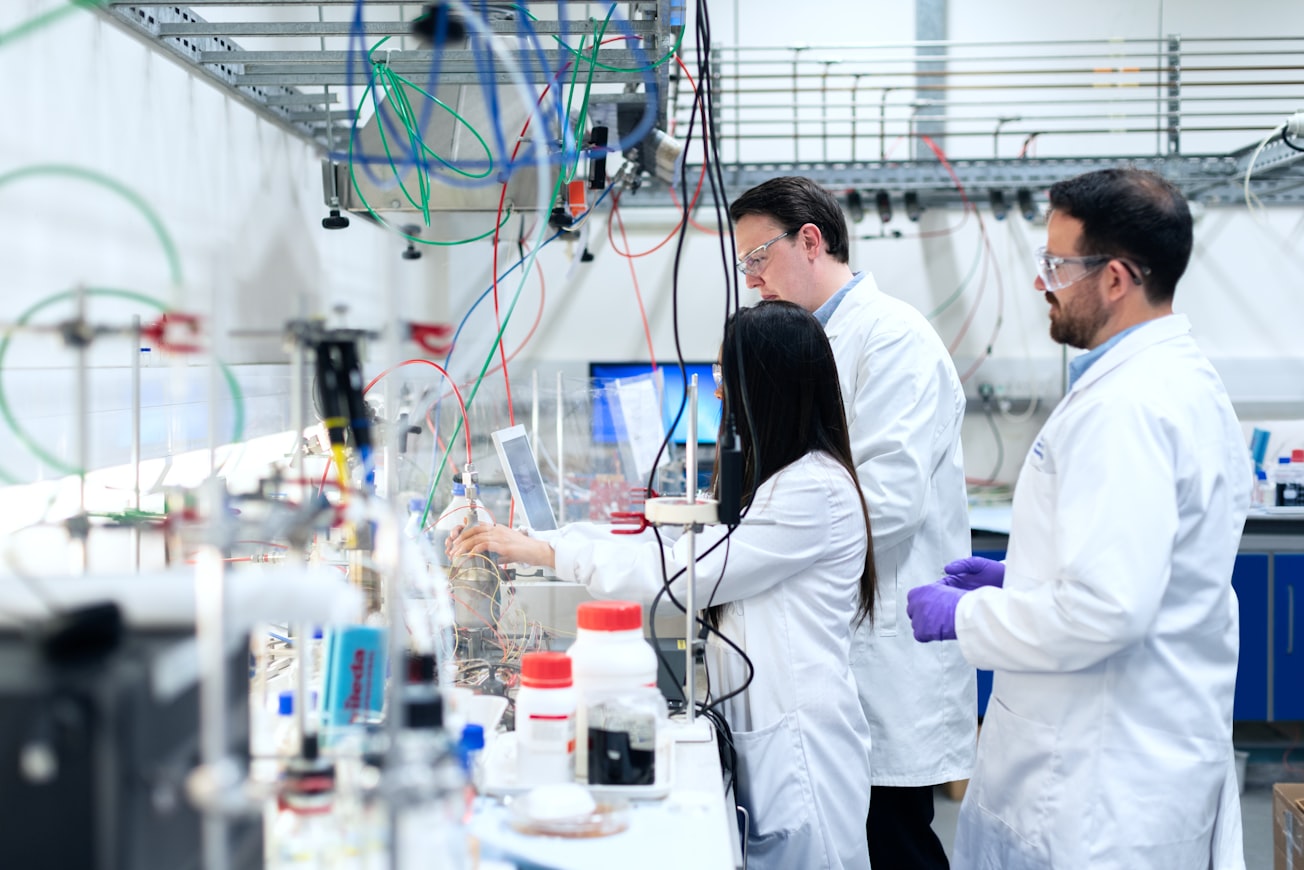What is it about?
Indigenous knowledge in Africa is rarely documented, making it fall prey to Western knowledge systems. The San hoodia knowledge has been experimented and exploited by scientific and pharmaceutical companies intending to develop slimming products. This paper looks at the attempt to erase the San's hoodia knowledge and replace it with scientific and commercial knowledge, basing the arguments on the concept of palimpsest.
Featured Image

Photo by ThisisEngineering RAEng on Unsplash
Why is it important?
The findings show that indigenous knowledge, especially that of medicines, is being stolen by scientific and pharmaceutical firms. Patents and other intellectual property rights are applied by scientific and commercial entities to prevent indigenous communities from using their own knowledge. The San hoodia knowledge has been transformed through codification in various epistemological domains.
Perspectives
I hope this article gives pride to traditional knowledge holders and their communities. Once indigenous knowledge is taken out of context, then it loses meaning and even application. Maybe it is time that we start preserving our knowledge through documentation in order to avoid theft of knowledge and resources.
Mr Fabian Simasiku Kapepiso
National Assembly of Namibia
Read the Original
This page is a summary of: Tracing the curation of Indigenous knowledge in a biopiracy case, AlterNative An International Journal of Indigenous Peoples, February 2020, SAGE Publications,
DOI: 10.1177/1177180120903502.
You can read the full text:
Contributors
The following have contributed to this page










